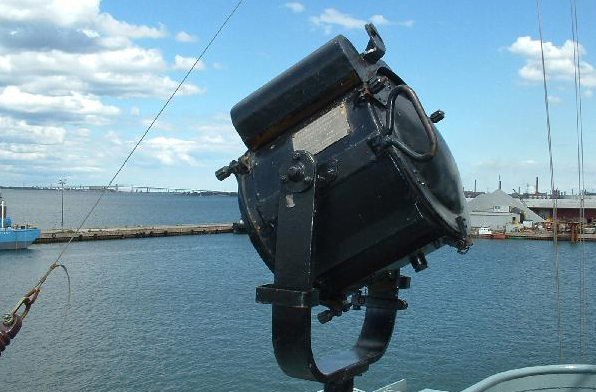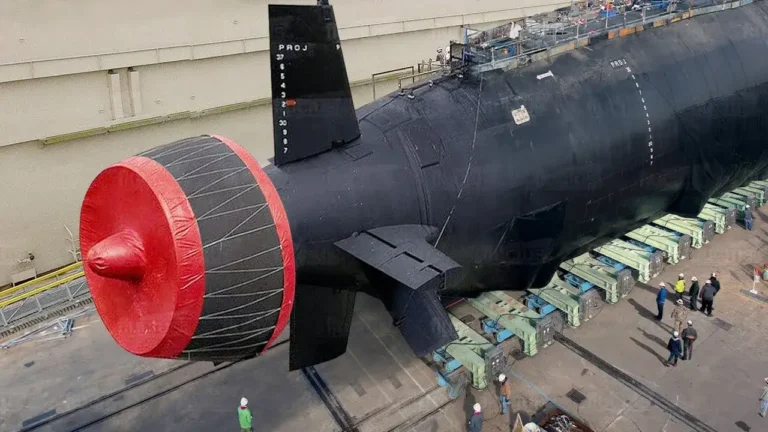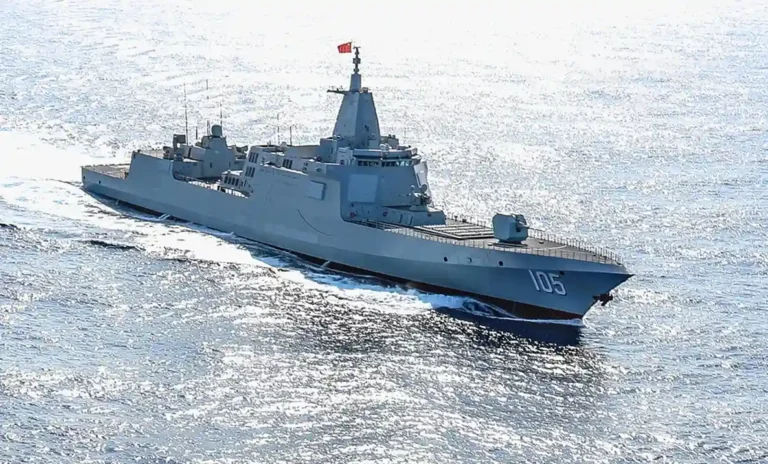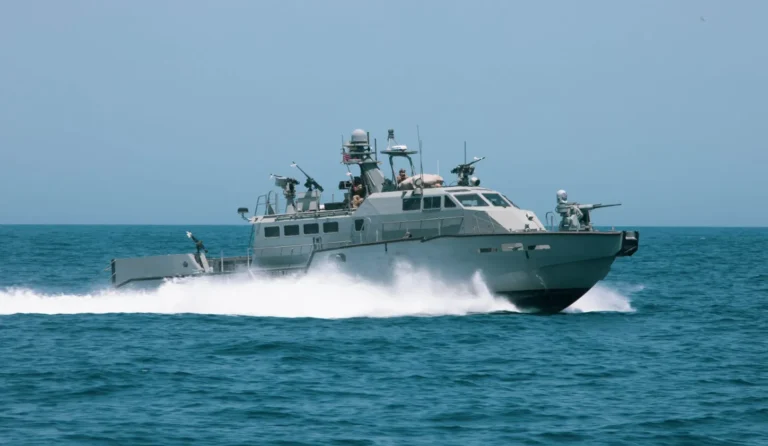Follow Us:
Share
Table of Contents:
Defense Feeds – The Blinker Lights. Have you ever wondered how do the warships communicate when the radio contacts are being silent such as when doing convoy during the battle times? Or how do the ships navigate in order to keep the fleet all together and prevent them from collisions to one another?

In today’s session we will take a look at “The Blinker Lights”, what is it actually? how does it works? and how does it transform from time to time?
Generally, the blinker light has been used by warships all around the world to deliver messages across long distances for more than 200 years. Since 1867, lights have been used to spell out messages in Morse code.
The “blinker light” became a helpful tool for signalling after the introduction of electric lights in the 1890s. Blinker lights were vital for commerce ships operating in wartime convoys. This blinking lights is a type of semaphore system that uses a visual signalling device to communicate optically, generally using Morse code.
Captain Philip Howard Colomb of the Royal Navy was the first to put the idea of flashing dots and dashes from a lantern into reality in 1867. Additionally, signal lamps continue to be used to the present day on naval vessels. They allow convenient, relatively secure communications, which is especially beneficial during periods of radio silence, such as for convoys operating during the Battle of the Atlantic.
Moreover, blinking lights can produce a focused pulse of light. In large versions, this pulse is achieved by opening and closing shutters mounted in front of the lamp, either via a manually operated pressure switch, or, in later versions, automatically. With hand-held lamps, a concave mirror is tilted by a trigger to focus the light into pulses.
The lamps were usually equipped with some form of optical sight and were most widely used on naval vessels and in air traffic control towers, where colour indication for stop or clearance were used. In manual signalling, a signalman would aim the light at the recipient ship and turn a lever, opening and closing the shutter over the lamp, to emit flashes of light to spell out text messages in Morse code.

On the recipient ship, a signalman would observe the blinking light, often with binoculars, and translate the code into text. The maximum transmission rate possible via such flashing light apparatus is no more than 14 words per minute.
In addition, some signal lamps are mounted on the mastheads of ships while some small hand-held versions are also used. Other more powerful versions are mounted on pedestals. These larger ones use a carbon arc lamp as their light source, with a diameter of 20 inches (510 mm). These can be used to signal to the horizon, even in conditions of bright sunlight.
However, blinker lamps are likely to be slow and require a sailor trained in Morse code to operate them, which can make them unwieldy in an emergency. To address this issue, the Navy is testing a new technology that will automate the process.
The system consists of software that converts text into Morse code signals and vice versa, as well as motors or LEDs that deliver the signals to a nearby ship. In the present time, this tool is called “Flashing Light to Text Converter”, or FLTC, the software can run on a tablet or laptop and uses simple text inputs like any messaging software.
The Navy’s software then translates the messages into Morse code signals for the signal lamp. The signal lamp can be outfitted with a motor-controlled shutter, an LCD panel that can switch between opaque and transparent, or an array of LEDs to send the signals.
On the receiving end, a simple camera can pick up the light flashes and translate them back into text messages. This system allows two people on two different ships to communicate r even if neither person understands any Morse code.
Share
Defense Feeds
Defense Feeds is publication focusing on informing, engaging, and empowering the world by providing accurate information from defense technology.
Powered by Defense Feeds © 2025 – All rights reserved.




